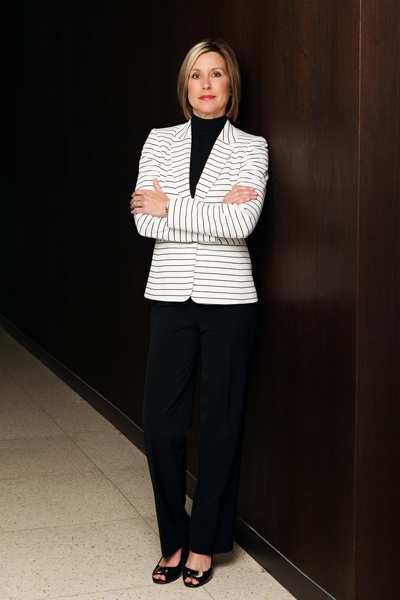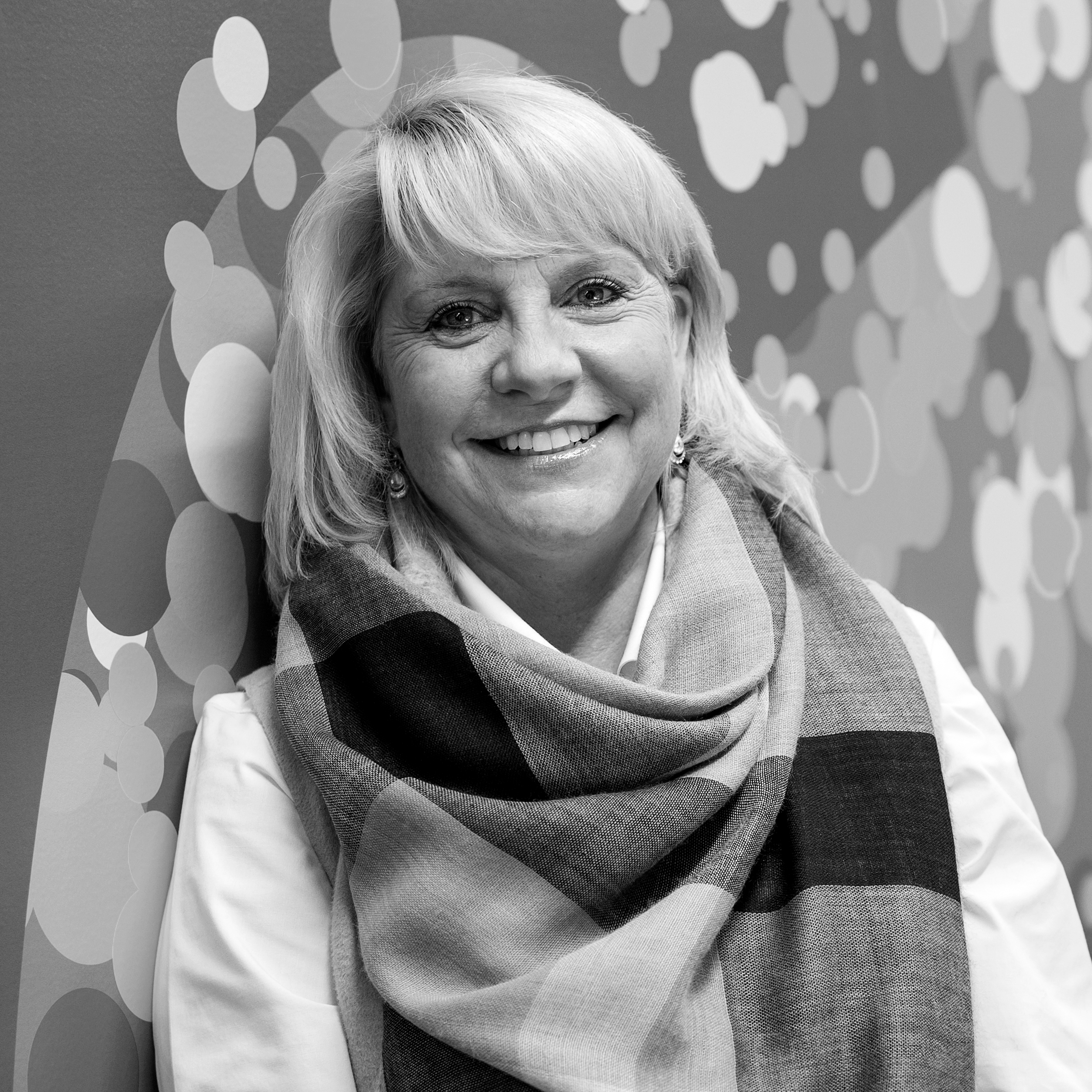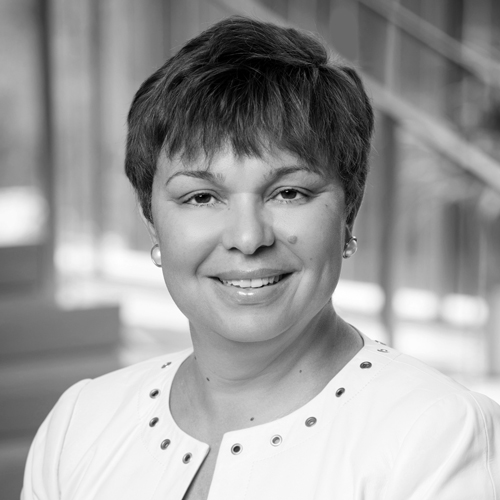
When Lisa Curtis answered a high school student’s recent questions about her life as an accountant, she found herself detailing a day that now actually involves little accounting itself. Her role as vice president and chief accounting officer at Layne Christensen is more about managing people and resources and strategizing with colleagues from other functions and divisions. At least, that’s been the case since she joined the company in early 2016.
Fortunately for Curtis, her more numbers-intensive career equipped her with the leadership skills she possesses today—even if she didn’t quite recognize it at the time. Spending six years at Deloitte & Touche, eight years at National Oilwell Varco (formerly known as Grant Prideco), and six years at oil and energy giant Cameron (acquired by Schlumberger in 2016) provided her with plenty of knowledge that she’s putting to use in her current role.
For example, when Cameron invested $250 million in upgrades to its ERP systems, Curtis learned the ins and outs of what it takes to make a major systems overall. “Cameron is a very large international company, and I got to play a key role in that project from an accounting and finance perspective,” she says. “One major change was we condensed the chart of accounts from seven thousand to one thousand accounts and implemented a governance model for all master data elements to ensure what we built stayed in place.”
So when Curtis’s team at Layne took on an upgrade project of its own—moving to the next version of EnterpriseOne—Curtis found herself in familiar territory. Her experience at Cameron guided her in implementing a plan with standard system functionality as a main goal.
“Historically, it had been difficult to get meaningful information out of the system in an organized and efficient way to meet the needs of our employees,” she says. “Standard system functionality was a key part of our project charter, and as a result we went from 2,600 custom objects down to just two hundred following the upgrade.”
But the accounting system itself isn’t the only factor improving at Layne Christensen. Stronger working relationships are on the rise, too, in part because of the corporate and divisional teamwork required to accomplish the system upgrade.
“We went through management changes a few years back and had to establish new lines of communication and collaboration between corporate management and the divisions,” Curtis says. “During the nine-month implementation period, we had groups interacting more often and in new and different ways.”
For example, Curtis cites a training session at Layne’s Houston headquarters. There, the various payroll teams—which had been operating independently of each other in recent years—took a major step forward in working closer together.
One payroll manager in particular struck Curtis. “She’d allowed what other people had said about the other team to negatively affect her attitude toward them, but once she met those folks face-to-face and really got to know them, they got a great relationship going,” Curtis says. “I attribute that to the project as far as working to bring people together.”
The company brought in key business users from other offices to test the system before it went live. Again, Curtis says, the relationships that emerged from such testing sessions were priceless. “We didn’t need to fly people in here. They could’ve done the testing from their own remote location,” she says. “But from a testing perspective, we thought it would be more effective to conduct the testing in person and create opportunities to form meaningful relationships. It was money well spent.”
Now, Layne Christensen’s upgrade is a two-phase process. Phase one is known as “UPMosis” because it is taking the organization to a higher level and is transformational. Phase two, which is focused more on aspects that impact revenue, is known as RevUP. Both phases have been introduced at management meetings by way of road shows.
Curtis and Layne CIO Sherry Hunyadi travel to different company locations and explain the system functionality directly to the management teams. The result is a more productive rapport that allows many employees to feel they’re being heard for the first time. “The road shows were important so they could see the complete picture,” Curtis says. “It’s bought us a lot of trust and great feedback as well.”
All of this helps prime Layne for growth, both organic and via acquisitions. Curtis is pleased to see her wide assortment of skills bring both the need for functionality and needs of the employees, shareholders, and even the regulatory requirements together in such harmonious fashion. And perhaps that’s because she was just born with one of her greatest attributes.
“One of my strengths is applying common sense,” she says. “Some things make sense; some don’t. It’s important to find a balance between the two. There is definitely regulatory and mandatory compliance to follow with this process, but it has to be balanced with common sense. I really try to consciously do that.”
Photo: Debi Gomez

